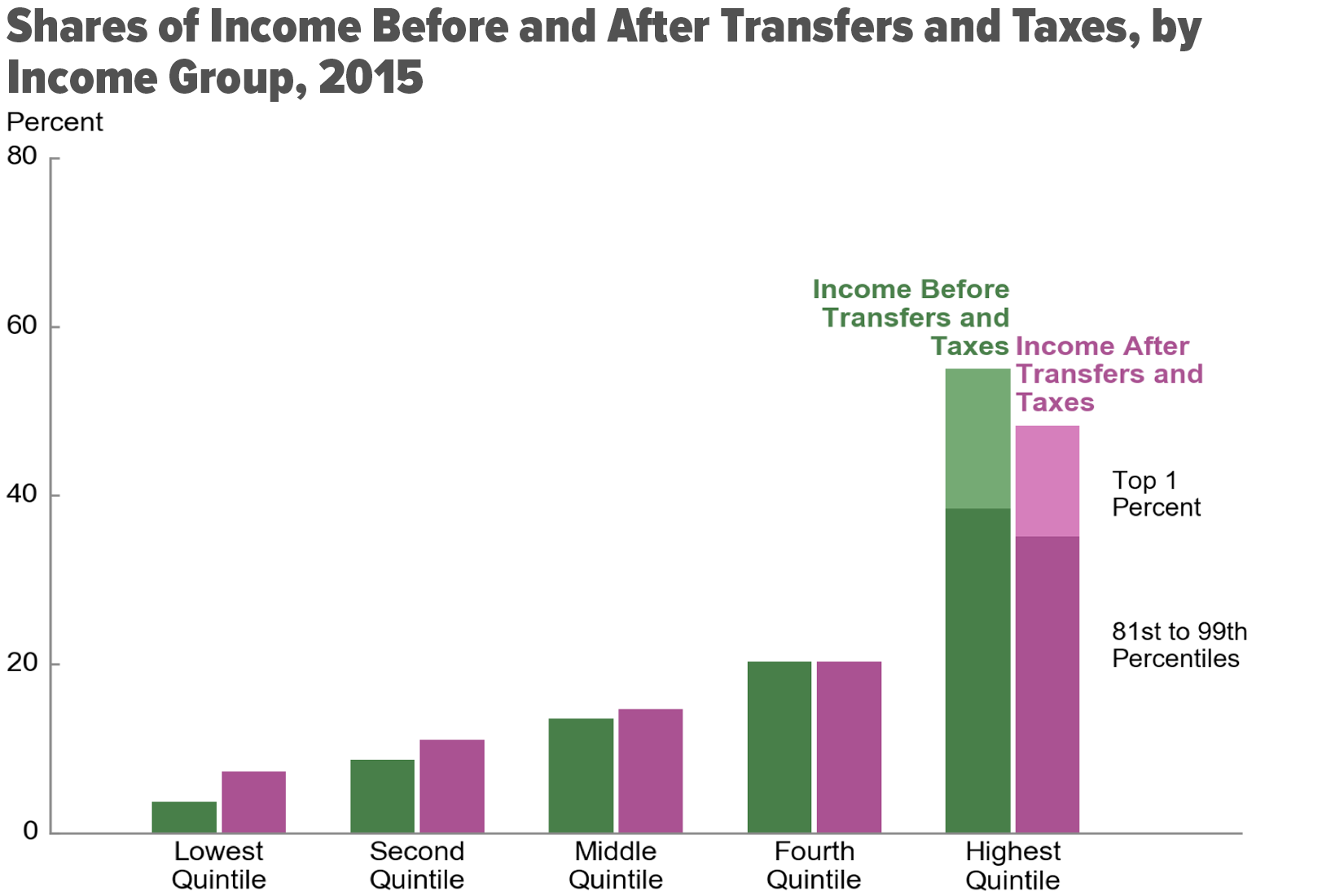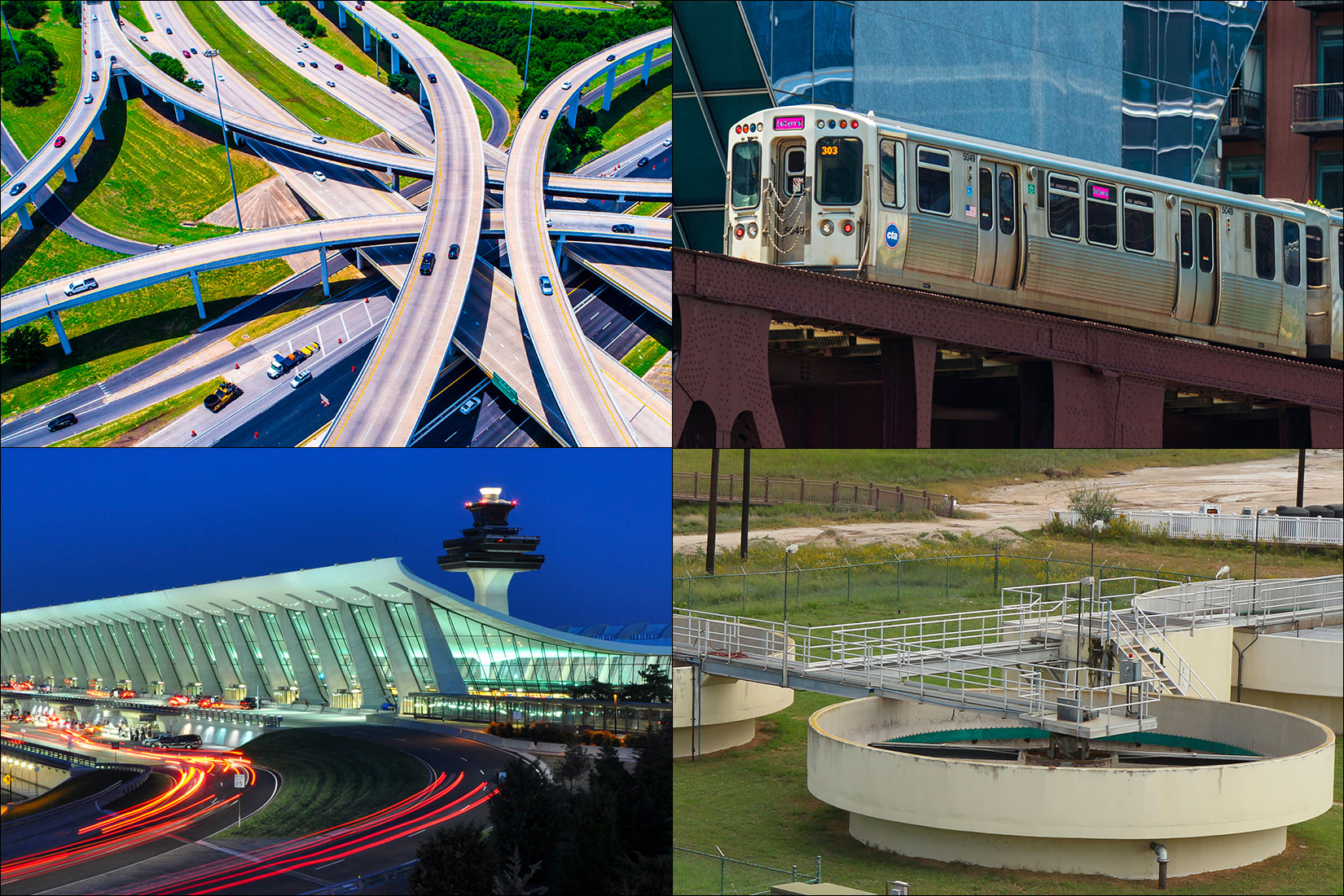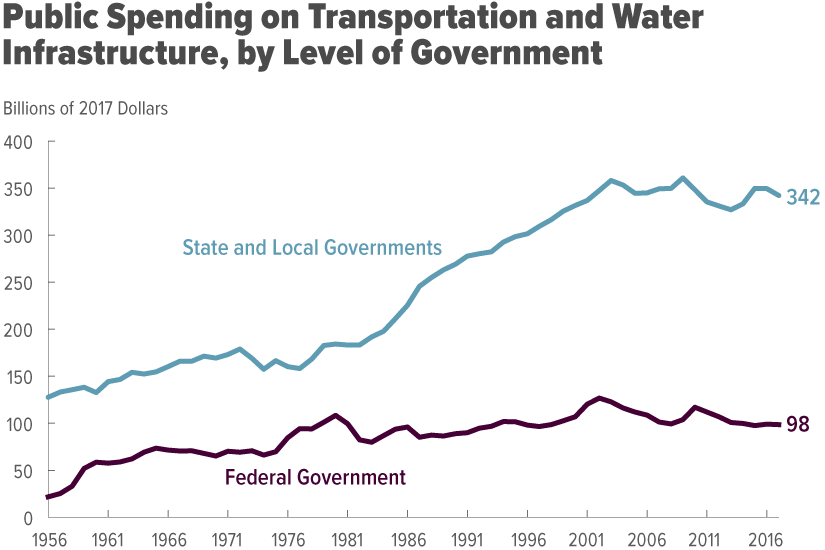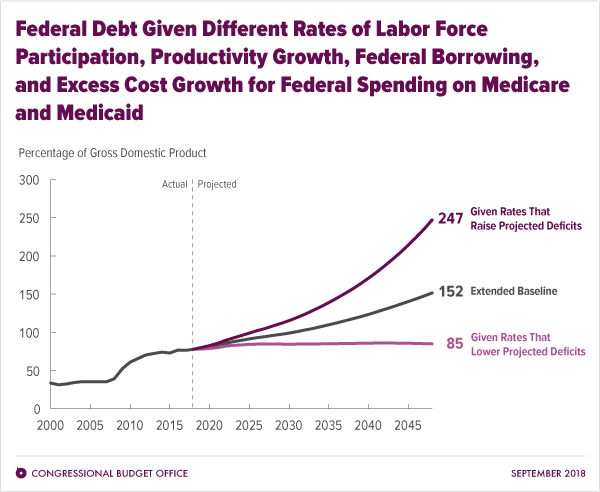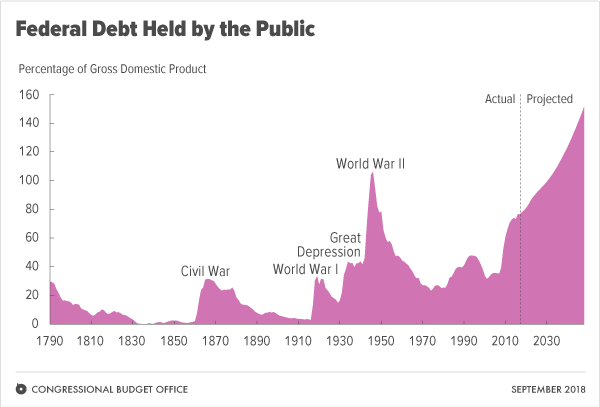In 2015, average household income before accounting for means-tested transfers and federal taxes was $20,000 for the lowest quintile and $292,000 for the highest quintile. After transfers and taxes, those averages were $33,000 and $215,000.
CBO Blog
In fiscal year 2018, the budget deficit totaled $779 billion—$113 billion more than the shortfall recorded in 2017. Measured as a share of GDP, the deficit increased to 3.8 percent in 2018, up from 3.5 percent in 2017 and 3.2 percent in 2016.
CBO analyzes how the Defense Department’s (DoD’s) funding for military conflicts has changed over time and how the separate budgetary treatment of that funding affects perceptions of DoD’s spending and the anticipated costs of DoD’s plans.
The Navy’s 2019 shipbuilding plan calls for expanding the fleet to 355 battle force ships. On average, implementing the plan would cost 80 percent more per year than the funding for shipbuilding that the Navy has received in recent decades.
Sixty percent of state and local investment in transportation and water infrastructure is financed using tools that impose costs on the federal government: tax-exempt bonds, tax credit bonds, state banks, and direct federal credit programs.
In 2017, spending by federal, state, and local governments for transportation and water infrastructure totaled $441 billion. This slide deck updates information that CBO released in 2015.
The federal budget deficit was $782 billion in fiscal year 2018, CBO estimates, $116 billion more than the shortfall recorded in fiscal year 2017.
CBO’s podcast series looks at the inner workings of the agency and its role in the legislative budget process. In this episode, the function and value of cost estimates are discussed.
In June, CBO released The 2018 Long-Term Budget Outlook, describing the agency’s projections of federal spending, revenues, deficits, and debt over the next 30 years. This post discusses the uncertainty surrounding those projections.
In June, CBO released The 2018 Long-Term Budget Outlook, describing the agency’s projections of federal spending, revenues, deficits, and debt over the next 30 years. This post presents some of the key takeaways from that report.


